How to Join a Demand Response Program
A guide for Georgians interested in reducing the strain on the electric grid during peak hours.
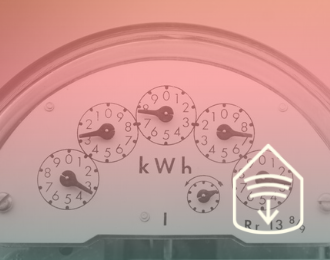
What is Demand Response / Load Management?
When you use electricity can matter. Learn what types of utility programs can help Georgians shift their power needs.
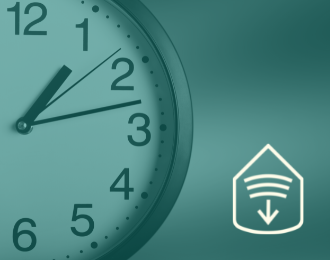
What Are Peak Demand Hours, Also Known As On-Peak Hours?
What happens when we all use our AC and turn on the lights at the same time? Learn about these periods of high demand.
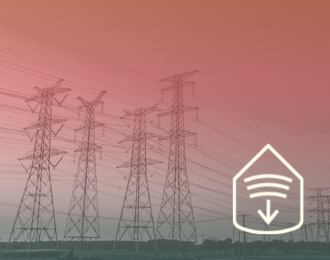
What Does My Utility Company Do During Peak Demand Hours?
To keep the lights on, electricity supply must equal demand. Learn how utilities meet periods of high electricity demand.
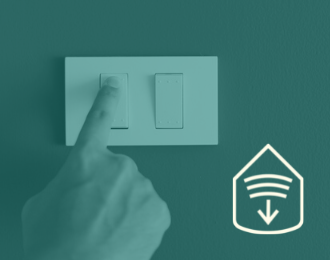
How Can You Use Less Electricity When Demand is High?
Demand response and other load management programs can help utilities manage high electricity demand.
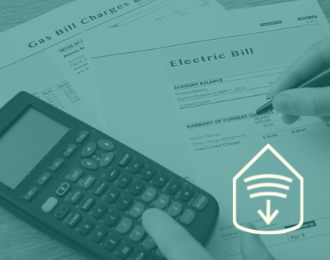
Can Load Management Programs Reduce Your Electricity Bill?
Learn about some potential benefits that come along with joining a utility’s demand response or load management program.
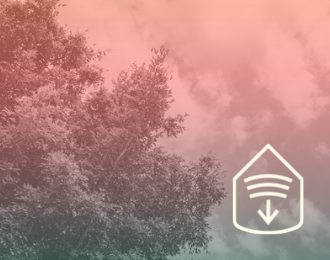
Can Load Management Programs Reduce GHG Emissions?
Demand response is a Drawdown Georgia climate solution. Learn how these programs can help reduce GHG emissions.
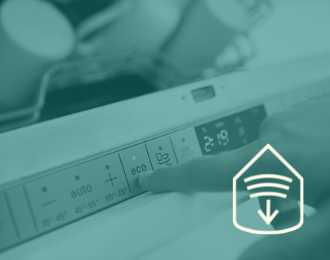
How Do Demand Response and Related Programs Work?
Learn how different programs can help your household use less electricity when demand for power is high in Georgia.

How Can I Participate in a Load Management Program?
No matter where you live in Georgia, there may be a demand response program that works for you.
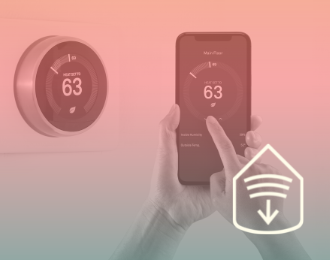
Do You Need Smart Technology to Participate?
It depends on the program. Learn more about what it takes to join a demand response or other load management program.

Will I Sacrifice Comfort or Service by Participating?
Learn how these programs are supposed to work and what you should do if you experience discomfort.

Learn About Demand Response Programs in Georgia
Interested in learning more? There are many great resources about demand response programs you can explore.
What is Demand Response / Load Management?
Demand response programs are load management programs, which adjust and shift energy demand to reduce the strain on the electric grid during on-peak hours. There are three types of load management programs:
- Demand response,
- Time-of-use, and
- Real-time pricing.
Demand response programs are generally technology-driven solutions where a device is installed in the customer’s home.
Time-of-use and real-time pricing are time-based rates and are cost-driven solutions designed to incentivize behavior changes in energy use.
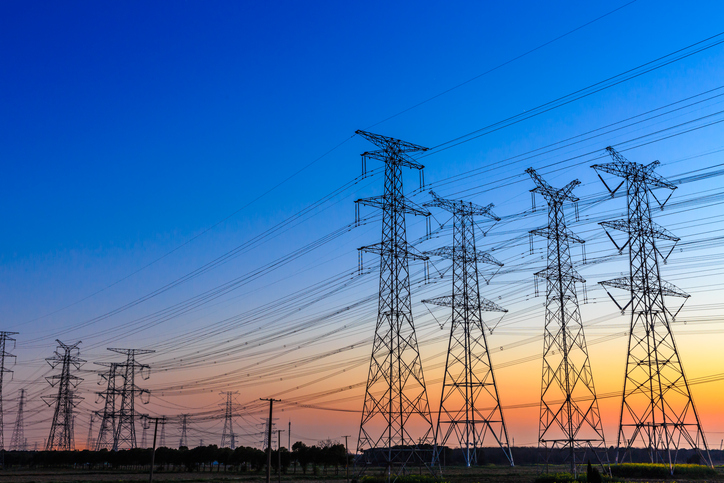
What Are Peak Demand Hours or On-Peak Hours?
If you are a regular shopper at your local grocery store, you eventually come to know the hours when the grocery store is especially busy. You may not be able to get a shopping cart, the parking lot is full, and the aisles are congested. The overall functionality of the store is interrupted, causing a less than pleasant customer experience for store shoppers.
This can also happen to the power grid during certain times of the day and certain parts of the year.
Imagine a day in August, one of the hottest days of the year, a large number of Georgia residents are using their air conditioning, increasing demand for electricity across the state. When electricity use is especially high, it can strain the power grid.
Hours with high electricity use are also known as on-peak hours. While each utility can define “peak” differently, they are generally between 2 p.m. and 7 p.m., Monday through Friday. Times outside of that window are considered off-peak hours.

What Does My Utility Company Do During Peak Demand Hours?
Your favorite grocery store may call in more cashiers and baggers during crowded shopping hours.
Likewise, during on-peak hours, the utility company will run additional power plants to ensure everyone has power. This will increase the supply of electricity, but it can also increase costs to all customers and increase emissions from the additional power plants.
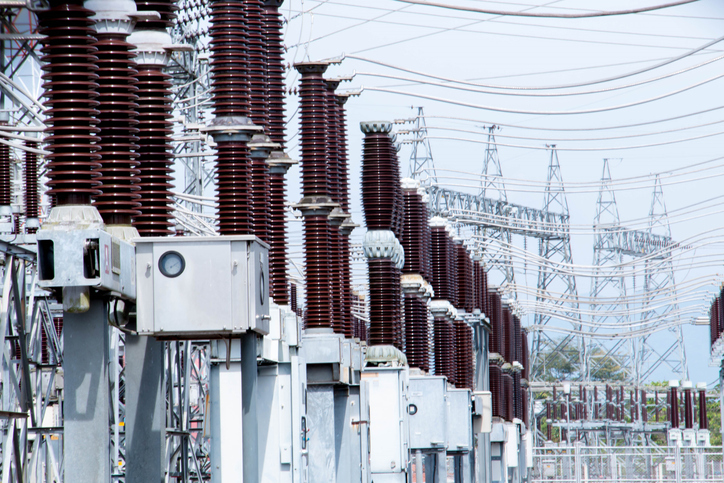
How Can You Use Less Electricity When Demand is High?
Continuing with the example of a busy grocery store, to avoid hours or times of the year with heavy activity, you may take advantage of a curbside pickup program or a delivery service, reducing congestion in the grocery store.
Similarly, you can help ease strain on the power grid by signing up for a demand response program or another load management program with your utility. Load management programs help you reduce how much power you use at certain times of the day and learn how to take advantage of energy-efficient technologies to reduce overall energy use.

Can Load Management Programs Reduce Your Electricity Bill?
There are benefits and costs to joining a demand response or another load management program.
In Georgia, many utility programs offer an annual rebate that offsets costs. While shifting electricity use from on-peak to off-peak may not directly reduce your utility bill, reducing electricity use overall can help with system operation and planning. A smarter electrical grid can be more efficient and will eventually reduce energy costs overall.
To see if a demand response or another load management program is right for you, check with your utility company for a better understanding of your bill and household energy use.
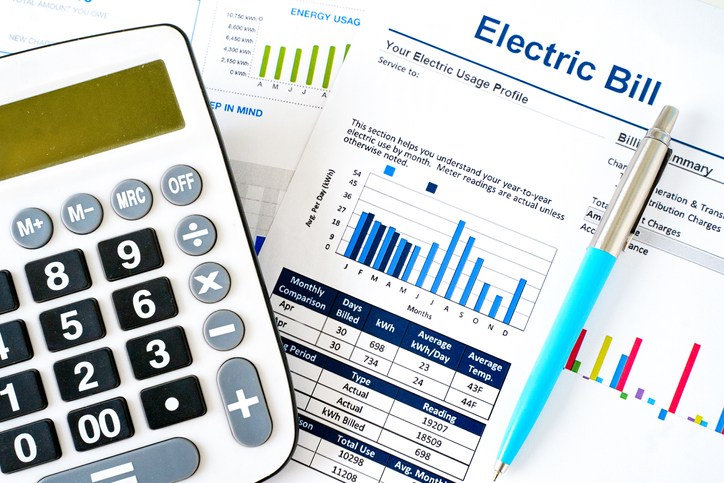
Can Load Management Programs Help Reduce Greenhouse Gas Emissions in Georgia?
In the short-term, load management programs help utilities adjust and plan for electricity demand in the peaks and valleys of the day. The power plants that utilities use when demand for electricity is high generally share three characteristics:
- They are run infrequently,
- They are expensive, and
- They emit more greenhouse gasses per unit of electricity generated than other types of power plants.
Therefore, reducing their use can have a high impact on greenhouse gas emissions.
In the long-term, a smarter, more efficient grid allows the utilization and future construction of more renewable energy sources such as solar and wind generation. Therefore, integrating more renewable energy sources in concert with reducing the amount of electricity demand on the grid helps reduce greenhouse gas emissions.
Related: Track greenhouse gas emissions in each Georgia county.
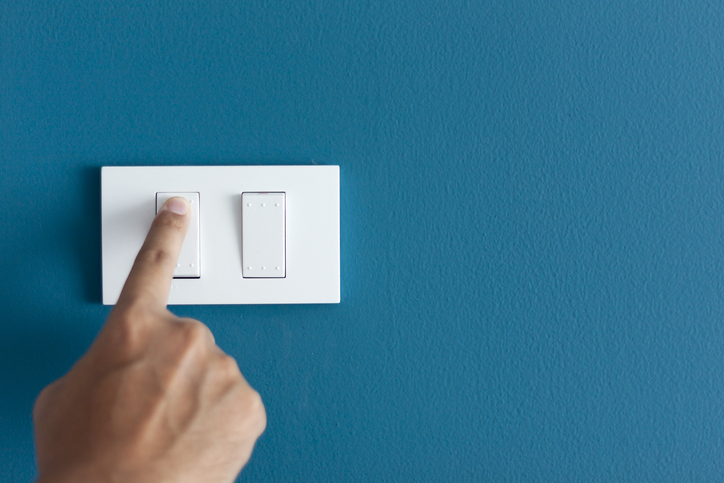
How Do Demand Response and Other Load Management Programs Work?
There are three types of load management programs - demand response, time-of-use, and real-time pricing.
Demand response programs are generally technology-driven solutions where a device is installed in the customer’s home and controls the time when appliances such as dryers, lights, and electric water heaters can be used.
Time-of-use and real-time pricing are time-based rates and are cost-driven solutions designed to incentivize behavior changes in electricity use. Time-of-use pricing has higher prices during periods of the day when the grid is more congested (e.g. late afternoon) and very low prices when it is not (e.g. at night).
Real-time pricing reflects the actual cost to the utility to supply power and enables sophisticated users to adjust their own energy use to maximize savings. This is generally available to larger (e.g. industrial) customers.
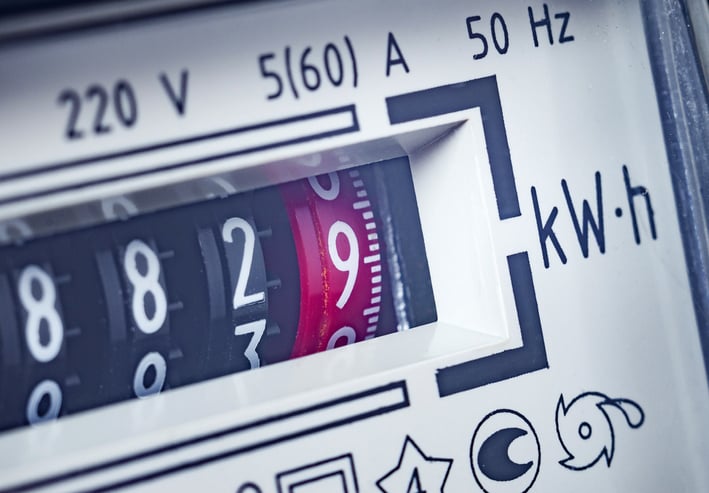
How Can I Participate in a Demand Response or Load Management Program?
You can contact your utility to learn more about the types of programs they offer and make a decision about whether they will work for you.
For example, Georgia Power offers a technology solution called Tempê. This program uses a Wi-Fi-enabled smart thermostat and an all-electric heat pump to manage energy use. Georgia Power predicts when there will be a peak-load event across the electrical grid. In advance, your smart thermostat will either pre-cool or pre-heat your home. In the case of your home temperature changing more than a few degrees, your heat pump will start up and make temperature adjustments.
Another example of a load management program is Georgia Power’s Smart Usage. Smart Usage is a voluntary program that allows customers to sign up for an energy usage rate and a demand rate. The energy usage rate includes on-peak and off-peak rates. Georgia Power considers 2 - 7 p.m., Monday – Friday, June – September, excluding holidays to be on-peak time periods. According to Georgia Power, “the smart usage rate charges a lower rate for energy and adds a new demand component.” In simple terms, if your energy usage rate is the total amount of energy you used, then the demand rate is based on how fast you used that energy.
Georgia Power services about 60% of Georgians, but there are other types of electric utilities, such as municipally-owned utilities and electric membership cooperatives. This map of Georgia's electric membership cooperatives can help you locate a local service provider to see if they offer a load management program.
Electric membership cooperatives offer a three-step process technology solution with a rate plan program.
- Customers voluntarily sign up for a load management program.
- Depending on the provider, a control panel is installed on either a homeowner’s air conditioning unit or hot water heater. The utility can then turn the unit on or off during off-peak or on-peak hours to manage energy use.
- Participating customers receive an annual rebate applied to their bills.
The following electric membership cooperatives offer load management programs in Georgia:

Do You Need Smart Technology to Participate in Demand Response or Other Load Management Programs?
Demand response programs are technology-driven and therefore you will need smart technology such as a smart thermostat or a specific type of heat pump in order to participate. However, you do not need smart technology to participate in all load management programs, such as rate plans and cost-driven programs.
Overall smart thermostats and smart hot water heaters are an effective way to manage your energy use and can alert you when best to use or not use appliances during certain parts of the day. Smart technology also can pre-cool or pre-heat a home before a peak-load event occurs.
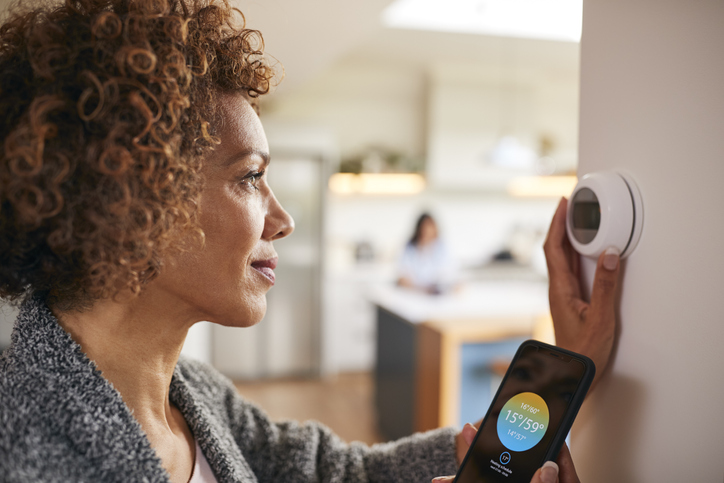
Other Resources
- Georgia Power customers can learn more about the company’s load management programs on the Georgia Power website, including the TEMP✓ program and the Smart Usage Program.
- The Electric Bills Decoded blog series from Southface can help you understand how changing your electricity rate can save your family money as you reduce your energy use.
- EMC customers can visit their utilities’ websites to learn more about their offerings. This includes:
Meet Our Expert
This toolkit was written by one of the experts at the Southeast Energy Efficiency Alliance (SEEA).
Claudette Ayanaba
Policy Manager
Southeast Energy Efficiency Alliance



